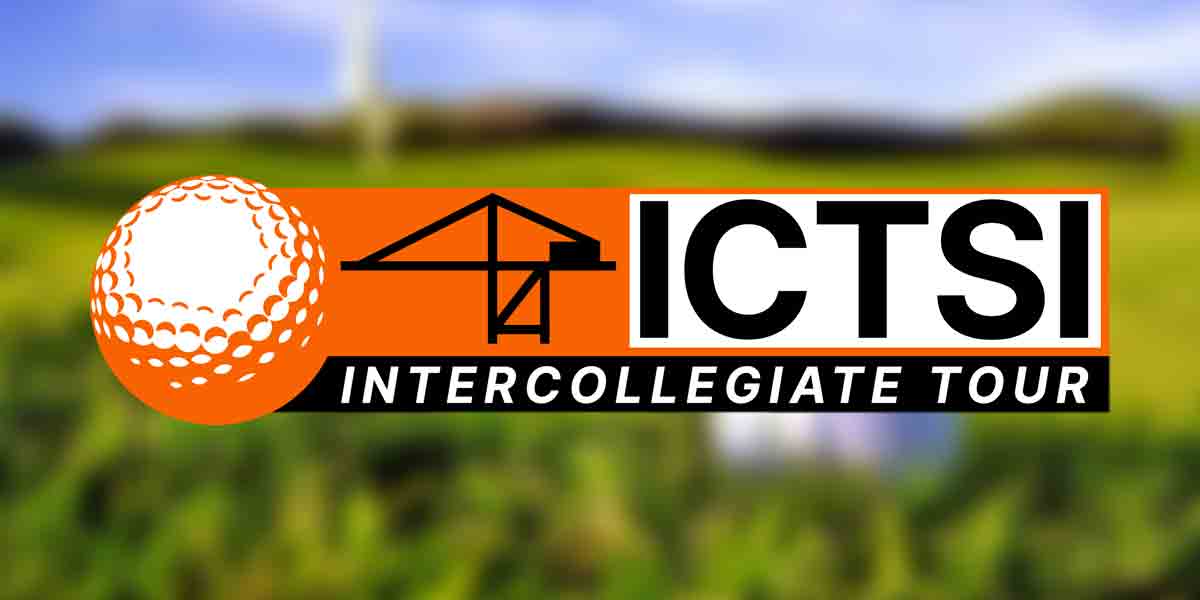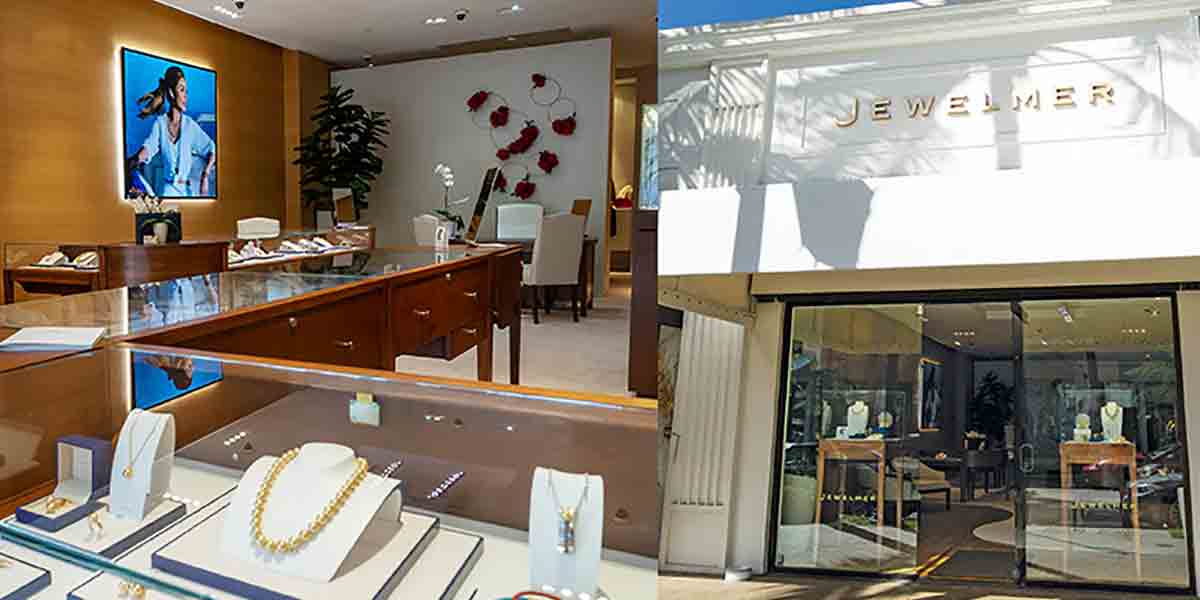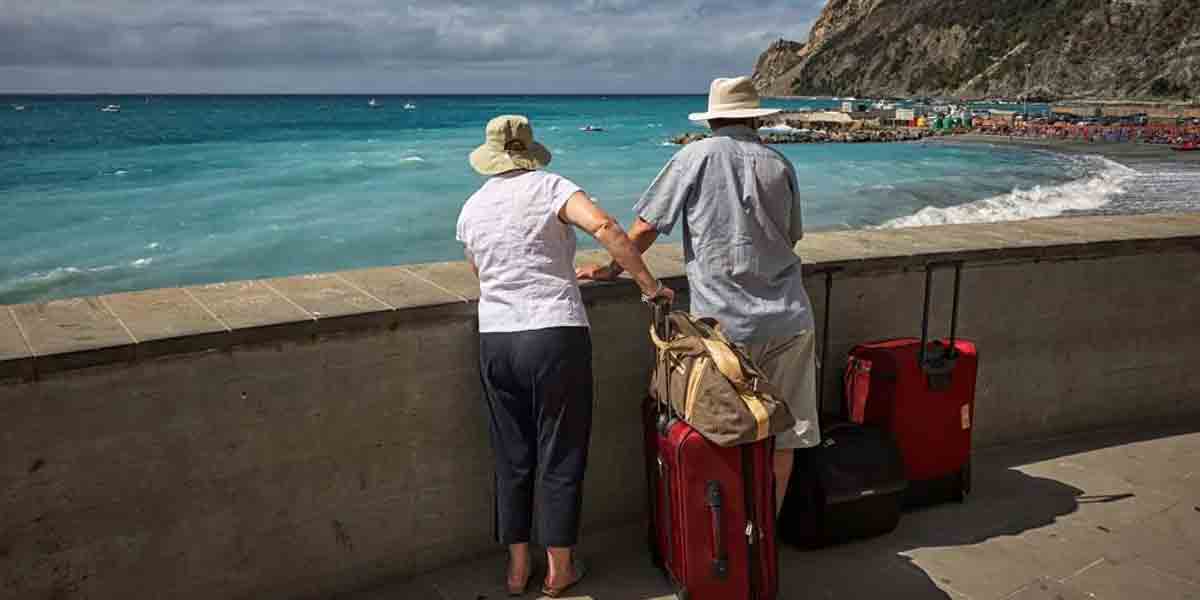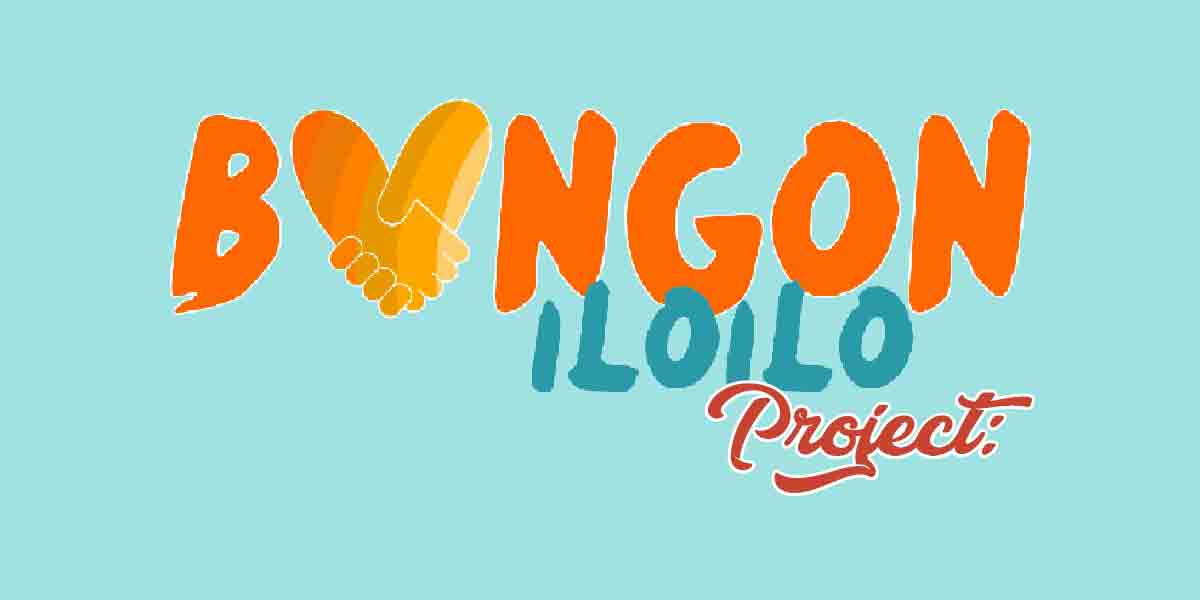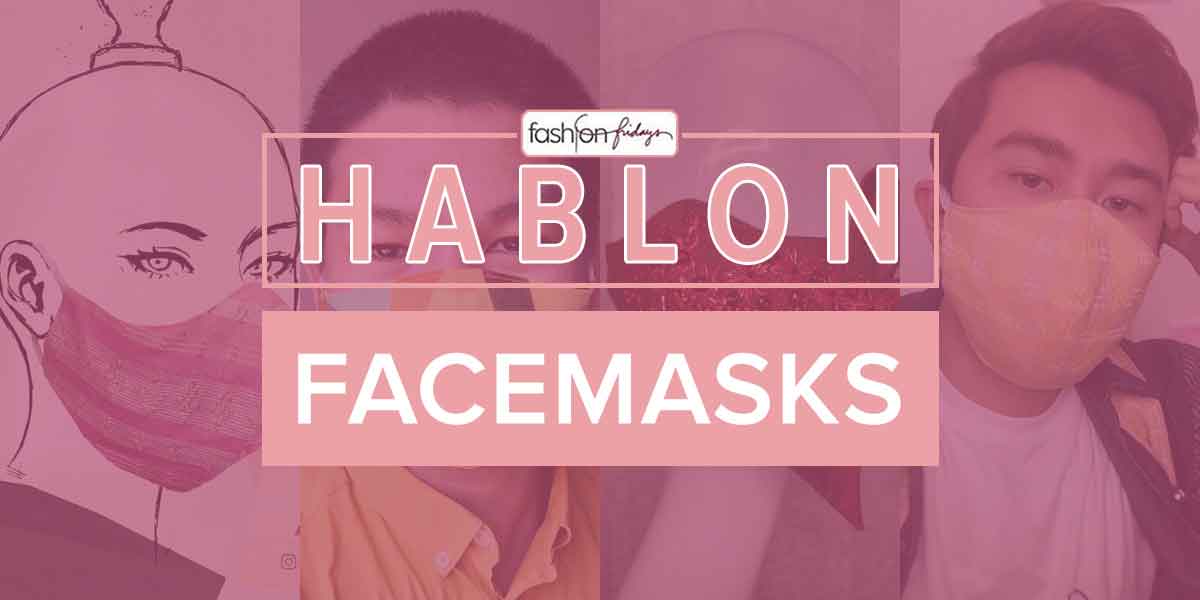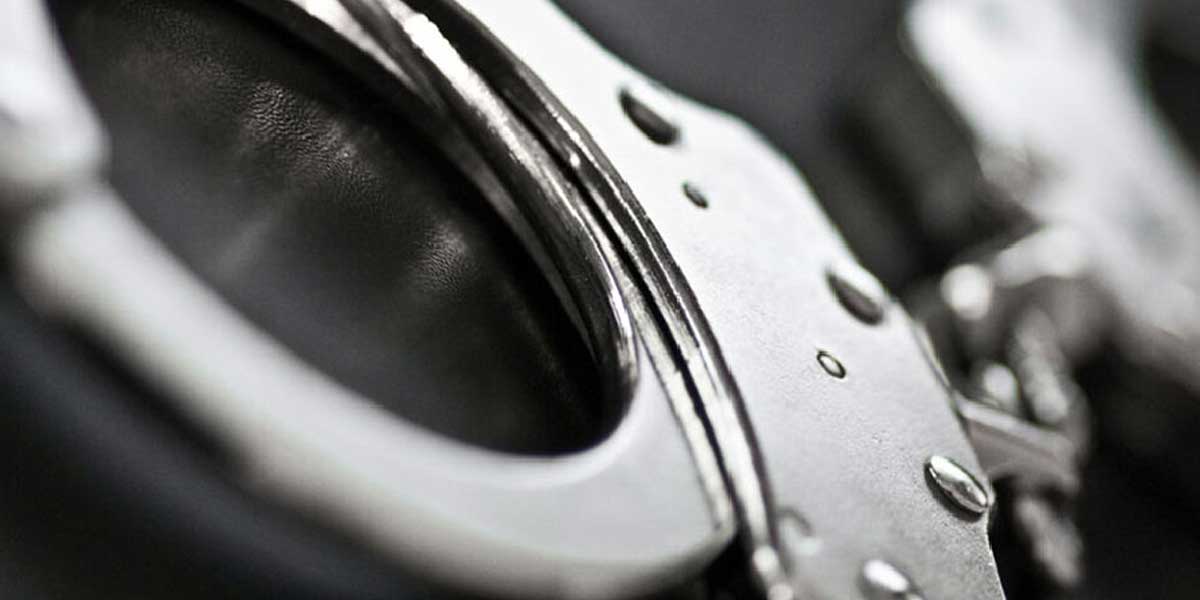
By A No So Secret Life and Randomly Candid
Known for its picturesque view and marbled beef, Kobe is one city in Japan that you wouldn’t want to pass on. It is a city where cultures of both worlds collided – The East and The West.
I had the opportunity to travel around Kobe during my second trip to Japan and it entirely changed my impression about Kobe. Discovering that there is more to it than its streets where high-end international brands lined-up.

Kobe Fruit and Flower Park
Kobe Fruit and Flower Park is a representation of old Europe with a touch of Japanese aesthetics. Embracing vivacity you wouldn’t really expect to find in a fruit and flower park. But by some means, this one emerges differently. You can also do lots of activities at Kobe Fruit Park. Activities such as Outdoor barbeque, fruit picking runs only from July until October and prices range from 600 yen to 1,200 yen per kilo. A Farm Circus and Fairyland Amusement Park are also available for the kids and the young at heart. Or dine at Italian restaurants, bakery, and Café.
You can stay at The Hotel Fruit Flower located within the complex right at the heart of the park – the hotel has luxurious rooms, onsen, pool and spa. Price starts at ¥12,600 per person and includes admission to the barbeque grill dinner and amusement park.

Kitano-Cho
Situated at the foot of the Rokko Mountain range, Kitano -Cho is an abode to many old foreign mansions. This is due to the port of Kobe being opened to foreign trade during the 19th century, foreign merchants and diplomats decided to settle at the place. And it is presently open to the public as museums. Here, you will find fascinating mansions like Ben’s House that was built in 1902 and the former home of English world traveler and hunter Ben Allision. So expect to see stuffed animals that he collected from around the world and the Italian House or The Platon Decorative Art Museum built in 1910. Every corner of the room is filled with ornaments and artworks. And of course, there are still more mansions in Kitano Cho like the Kitano Foreigners Association, Yamate Hachibankan which was built in the late Meiji period, Uroko House, and the Dutch and Fragrance Museum.

Kobe Harborland
Home to various shopping centers and restaurants along Kobe’s Port. It overlooks Meriken park and Kobe Maritime Museum.
It’s also where you’ll find the gigantic Ferris wheel, gaslight streets where antique gas street lamps and electric lights illuminate the streets at night and Anpanman Museum, that popular house found in anime and manga series.

Venus Bridge
A rather secluded place that has a panoramic view of Kobe Port. It was named after the goddess of love and beauty “Venus” There is nothing much to do in Venus Bridge except letting the time pass. It is also an ideal place to relax and contemplate. You can also put love locks on the love lock monument where it is believed that the goddess of love and beauty will grant eternal love for the couple.

Grape Picking
Hyogo is one of Kobe’s nine wards. It was once the commercial center of Kobe but lost its prominence after world war II. But by some means, it brought back its glory through its lush fruit farms. Tourists will have their choice of what kind of fruit they want from strawberries to grapes to pears and apples, Hyogo has it. I wanted grapes so we went to the grape farm. Pick all you want and eat all you want for a fee of 1000 Yen/adult and 700 Yen for elementary students. You can bring other foods like lunches and snacks and have your picnic under the grapes trees.

Nankin-Machi
And last but not least Kobe’s China Town, a popular shopping and dining district. it was developed by Chinese merchants in 1868. And it was named after the former Chinese Capital Nanjing. It’s a foodie haven where you can have access to all sorts of Chinese dishes and drinks like ramen, tapioca drinks, and steamed manju.
[modula id=”148273″]













